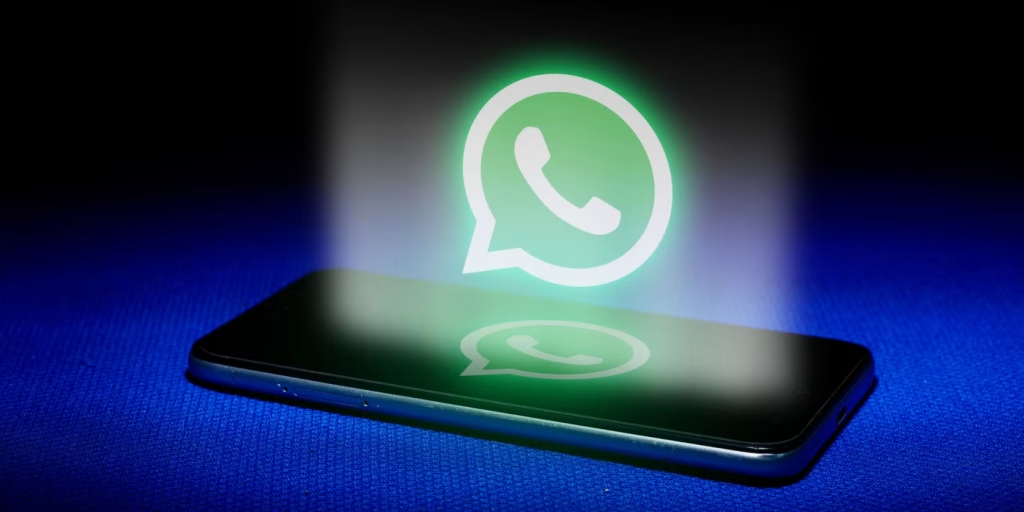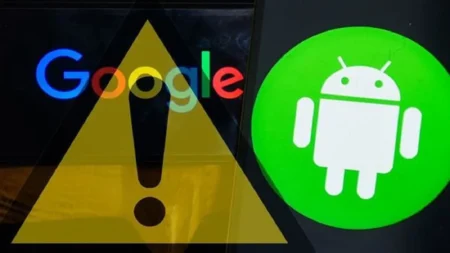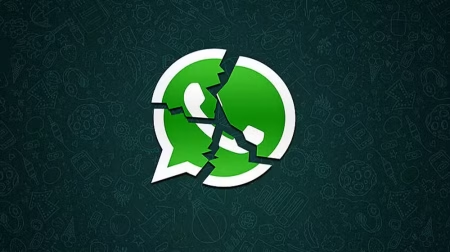As of 2024, WhatsApp boasts nearly three billion users worldwide, making it one of the most popular messaging apps on the planet. It plays a crucial role in both personal and business communications, all while remaining free to use. However, running such a massive operation isn’t cheap. So, how does WhatsApp generate revenue if it doesn’t charge its users?
Meta’s Ownership and WhatsApp’s Revenue Model
Owned by Meta, the same tech giant that controls Facebook and Instagram, WhatsApp benefits from Meta’s resources and infrastructure. But the app’s main revenue source comes from its corporate clients, not regular users. According to the BBC, businesses are the key to WhatsApp’s financial success.
Monetizing Business Services
WhatsApp monetizes its platform by offering specialized services to businesses. These services allow companies to interact with customers through the same WhatsApp platform that users enjoy for free. This includes both conversational and transactional interactions. For example, users in Bangalore, India, can now book bus tickets and choose their seats via WhatsApp.
Read Also : nCERT Issues Cybersecurity Advisory for WhatsApp Users in Pakistan
Companies can also create channels on WhatsApp, where they send messages to subscribers. While creating these channels is free, businesses pay a premium to interact directly with individual customers. This seamless interaction allows businesses to manage everything from payments to returns within a WhatsApp chat thread, enhancing customer convenience.
Paid Links and Billions in Revenue
Another revenue-generating feature is paid links that allow businesses to start a WhatsApp chat directly from an online ad. This integration between social media ads and WhatsApp is reportedly worth “several billions of dollars” to Meta, according to Nikila Srinivasan, Meta’s vice president of business messaging.
Advertising as a Business Model
While WhatsApp doesn’t rely heavily on ads, Matthew Hodgson, co-founder of the UK-based firm Element, notes that advertising is a dominant revenue model for many messaging platforms. Companies can track user behavior, such as who they talk to and how often, and then sell targeted ads based on that data. Even with encryption, platforms can gather valuable information about users without accessing the actual content of their messages.
Hodgson puts it bluntly: “If you’re not paying for the service, chances are, you are the product.” This concept highlights the balance between offering free services to users and monetizing their data through targeted ads or business interactions.
Final Verdict
While WhatsApp remains free for everyday users, its revenue primarily comes from business services that enable companies to communicate with customers, conduct transactions, and link ads to direct WhatsApp chats. Combined with its parent company Meta’s resources, these strategies help WhatsApp generate billions in revenue while maintaining a free service for its nearly three billion users.




